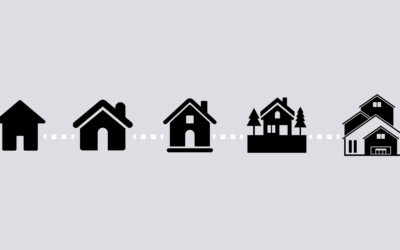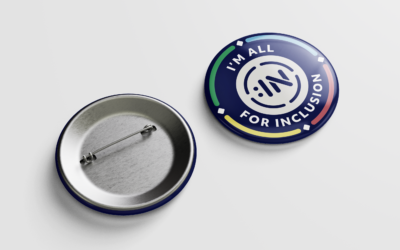Olena is a Ukranian icon designer with two higher education degrees and two children. Her obsession with icon design has blossomed over the years, and she currently enjoys working without a boss and planning her own agenda. We chatted with Olena to learn about her approach to designing icons successfully, and the methods she uses to turn her well-researched subjects into concise yet elegant icon forms.
Hi Olena! Tell us a little bit about your background — how did you get to where you are today?
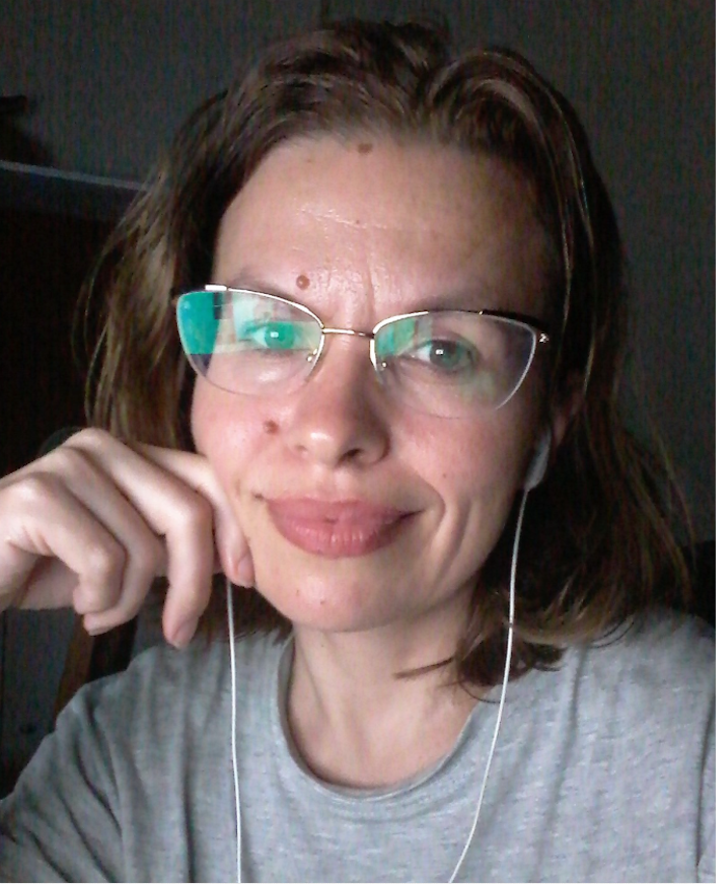
I was born into a family that valued intelligence and believed every one of us should graduate. Over the years, I worked in many different roles from public administration to being a lecturer, coach, coordinator, and even a supervisor to a team of journalists at a magazine. I remember the days when routine became uninteresting. I took up other activities. Then, during the financial crisis of 2008, I was also pregnant and began to focus on a new problem: creating reusable diapers for budget-minded mothers.
So my background has been varied, and I had never previously thought of myself as an icon creator. A year before I created my first icon I became interested in studying art — only for personal interest and not any practical benefit. At first, the history of art opened my eyes to an entire world history that we were not told about during school. Then I went deeper.
How would you describe your overall aesthetic, and how has it evolved over time?
It was my brother’s idea to turn me into an icon creator. I never had a burning urge to be a designer. I even resisted his efforts to teach me. But he helped me learn how to draw to Noun Project’s standards and it piqued my interest.

After that, it was time for my own experiments with lines and forms. Noun Project’s moderator had been returning a lot of my icons during the first 3 months, but she gave lots of comments about what I needed to fix. I knew that I wasn’t a designer– I had zero experience- but this was my chance to improve. The first 100 icons in my portfolio were the most difficult. I decided to concentrate on this seriously and train my brain and hand more and more.
Your collections are striking both for their detail and their subject specificity — with everything from 1920’s fashion trends to human intestinal parasites, how do you decide what subjects you want to design icon collections around? What subjects interest you the most and why?
At first, my idea was to create 10 icons a day for a year. My goal was to make a lot of icons for basic words with positive connotations. And I always made sure to monitor my download statistics to understand what people like from my portfolio. If something showed potential and popularity, I would create more– it was that simple.
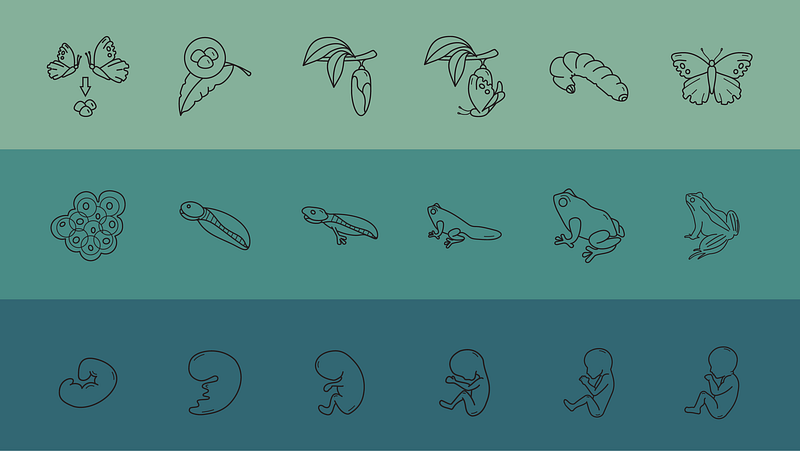
I’m always interested in new subjects, because they’ll help the value of my portfolio grow. I want to create a product like the Muller English-Russian Dictionary, to give all the words accompanying icons in one consistent style and size.
It’s boring to draw the same subjects all the time.
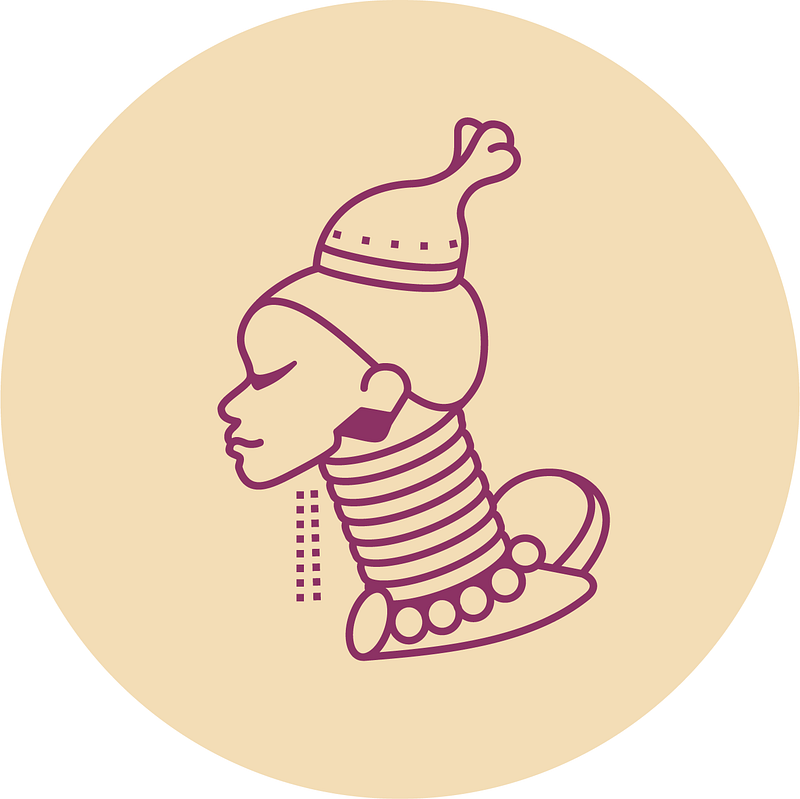
How do you know when you’re finished when creating a collection of icons around a given topic?
Usually, I create when I’m in a good mood. Drawing for me means enjoying. Some people will meditate; I’ll create for a few hours. If I can’t add anything, it’s time for me to finish. If something goes wrong, I delete it.
What are your goals in creating and sharing these icon collections, and how do you want to see people using them?
A lot of people only use their smartphones and it makes me think about how a small screen needs a small picture — and not just for business purposes. People use icons to visualize ideas in so many contexts: social media, tattoos, studying, presentations, stamps, and more.
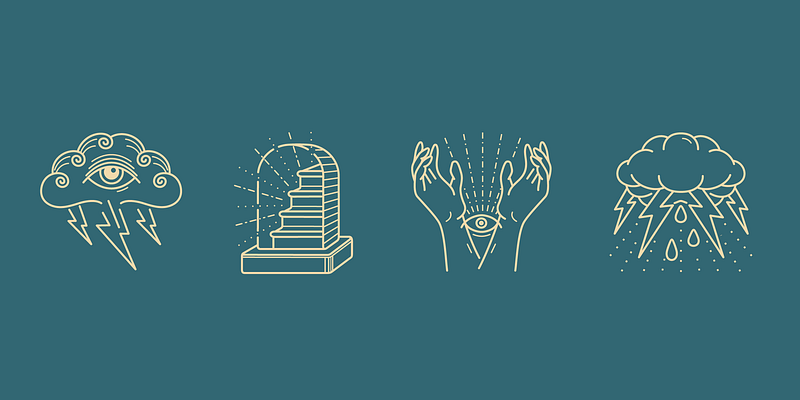
Sometimes I search my name in Google to see where my icons are used. Once I saw my icons on Redbubble being used as a design for clothes — someone added a white and gold color to my tarot icons and created a new version of them for his customers. That’s beautiful for me to see too.
Sometimes I think about the number of downloads I get per month and I can’t imagine this amount of people and what their purposes are. But this number gives me inspiration to keep creating new icons.
What advice would you give to fellow designers and those wanting to design icons for Noun Project?

I know that having small screens in millions of people’s hands means I have a chance to draw icons for so many different things, beyond the usual things like icons for website menus. And drawing only in black for Noun Project can be a real brain-teaser.
Before my start as an icon creator, I’d read an interview with a designer who was successful in micro-stocks. He described the main mathematical rule for this business to illustrate it for me: only a percentage of your work will sell, and an even smaller percentage of that will be the highest-selling. So don’t regret 50% of your wasted effort building your portfolio; some icons will never be sold, but a few will be your main source of profit. And these few icons already have their own life cycle: they’re born, they die, and new ones take their place.
Furthermore, keywords searches break down in the same way: some of them are used very often, some very rarely. The task is another brain-teaser: find a term that gets frequent searches but little competition. I saw that some Noun Project search terms yield thousands of icons, others very few. So my first strategy was to create icons for those words that have fewer icon results, and design for those. If there were more results, I’d instead look at the relevant tags listed for each one and design those. Why pay attention to a position at the end of the page if you can be at the top?
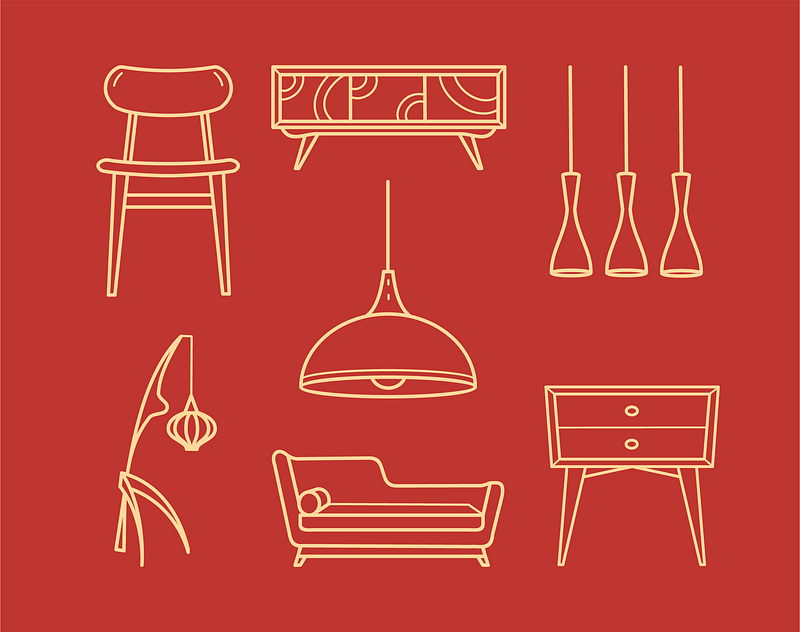
Lastly, it’s 2020. Neural networks are drawing better and better images. Many are embedded in computer programs, others study themselves and create pictures or photos in such a way that it’s hard to understand who the author is. I predict that in a few years’ time we will see a completely different world of design. My computer program for creating icons (Corel Draw) helps me a lot, not only to round corners, but also to automatically acquire the skills that art schools have been honing for years. The best strategy is to learn how to use it all, but develop your own style.
Many of your offerings on Noun Project are design flourishes, accents, and frames for fellow designers. What are the best tips and tricks you’ve learned that have helped your own design, and what do you think makes a certain designs a success?
I am a woman who likes twigs, flowers, swirls… Business and UI icons are too boring for me. I can’t make that content because my inspiration is totally turned off.
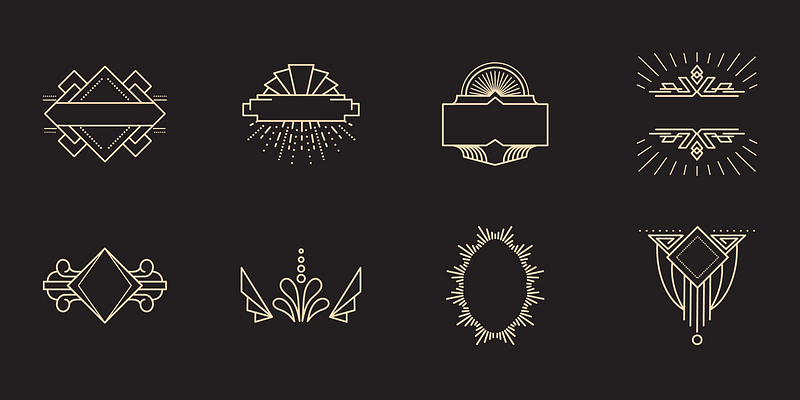
I feel that our world has many ideas that unify different groups of people: religions, football, ballet, nations, etc. The task for an icon creator is to find a good visual form — one that unites a bunch of concepts, like your imagination does. Those who have found a good, unifying visual form are the most successful.
My best tips and tricks:
- Do not do a black-filled glyph. Use black outlines to encompass negative space inside.
- Use only 2 types of lines from the main menu: dotted and straight line, to keep it even.
- Observe the distance between the lines so that as they come together, they don’t merge into one thicker or more optically heavy line.
- Make a smooth transition where your lines connect, and use the same smooth form language where they diverge.
- Lastly, always make the design according to your own style and vision — you should say to yourself, “it’s good because I really like it.”
And always remember that you have a body. With excessive exertion, your hand can cramp, your vision can be impaired, your brain needs to rest. Once the author of a best-selling detective series was asked, “Where does your genius come from?” She replied that it came from her booty, which sits so much in one chair. And when you sit down, you start doing, and when you start doing, the process takes over.
Where do you find inspiration and what are some of your favorite design resources (blogs, podcasts, etc.)?
If you use the same resources as everyone else, you’ll only make unoriginal, ordinary icons. AI gives us interesting possibilities by filtering information, almost like a free personal assistant. For example, create a new Instagram account and do not add your friends. Use the search option for what you look for in your designs. Open only what you like. The AI will have “understood” what you’re interested and will show you the most relevant and beautiful pictures… look through those for inspiration. My goal is to see modern icons with more unique themes, and there are always new ways to accomplish that.
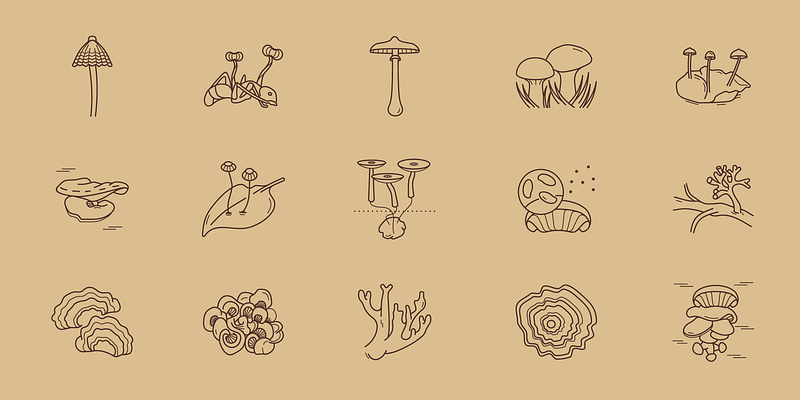
I never search in icon creators’ portfolios. I try to find new ways of observing. For example, my mushroom set was a result of the inspiration of American mycologist Paul Stamets; my radioactive waste and quantum mechanics interest came from Bret Kugelmass. A lot ideas I had found in foreign language materials in the library, or on people’s clothes — but I look at trend analytics too.
Lastly, I need a repetitive rhythm when drawing. When the music is about love and plunges you into emotions of sadness or joy, it doesn’t help my icon creation. My latest inspiration is Hasidic Jewish music — I feel they have a secret to creating good energy through their rhythms.
Delve into more of Olena’s creations on Noun Project.
Be sure to follow our Spotlights & Tutorials for more tips and tricks to make the most out of Noun Project.
By Jeremy Elliott on .
Exported from Medium on March 28, 2022.



